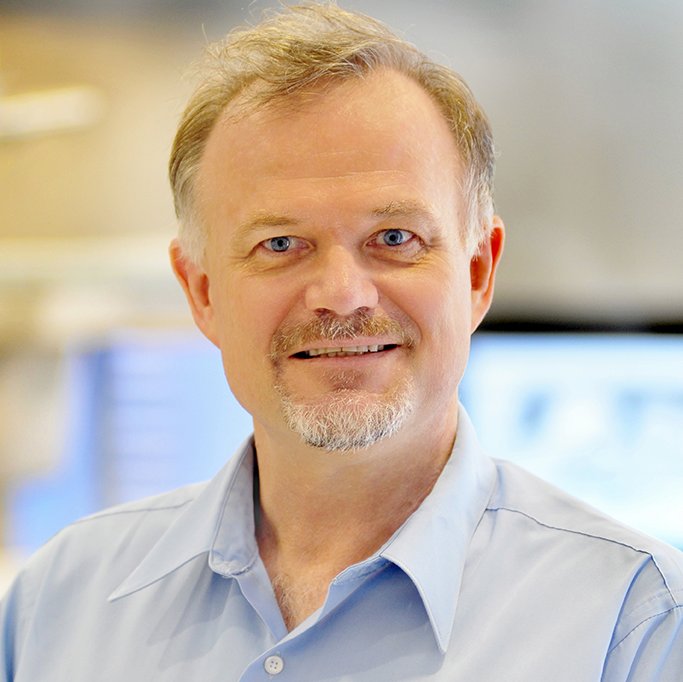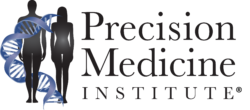From research and development to pricing and access, the discourse on precision medicine is expanding, reflecting the emergence of new and multiple ideas of precision medicine aims in relation to healthcare economics, payment models, and patient outcomes.
Although the Precision Medicine Institute’s 2019 Symposium is in the rearview mirror, the meeting helped foster a dialogue essential to the cultural shift needed to bring genetic medicine into the mainstream.
“One nice thing about the New Orleans meeting was that it included a broad brush of people—technologists, ethicists, business people, healthcare administrators—and we need all of them. It’s going to take a village to make this happen,” says Richard A. Gibbs, PhD, Founding Director and Professor at the Human Genome Sequencing Center at Baylor College of Medicine in Houston, Texas.
“The clear message that the whole community is starting to get is that there is no single, monolithic solution for how to get and implement precision medicine models,” he says. “There’s a growing realization that it’s the sum of many parts, and they all have to be addressed.”

Richard Gibbs, PhD, is the Founder and Director of the Human Genome Sequencing Center (HGSC), established at Baylor College of Medicine in 1996. The HGSC maintains a core mission of advancing medical care through research and translation of genomics.
Shifting Healthcare Resources to Early Genetic Testing
Historically, the technical possibilities of bringing new genetic tests to market have often appeared to be antithetical with the fiscal realities of healthcare, leading to frustration for both groups of stakeholders.
On the one hand, the capability now exists to perform genetic tests that are “quite comprehensive and quite important for individuals’ care if they want to know what’s wrong with them,” Gibbs says. On the other hand, questions persist as to “who is going to pay, what is the relative expenditure over the course of a life if you shift resources into early testing, and what are the economics downstream of that?”
But at the Symposium in particular, Gibbs says he observed more willingness on both sides to consider alternate points of view. “[As scientists], I think we’re increasingly thinking about these practical issues, as we’ve recognized how critical it is to engage those issues if we’re ever really going to get traction with these tests in the clinic,” he says. Likewise, “there’s a slow transformation going on that’s reflective of the fact that business types are talking about how they can accommodate [genetic medicine]—not just pointing out the obstacles—but talking about how they can accommodate them.”
Pediatrics: Benefits of Genetic Testing
The individuals best poised to catalyze change, according to Gibbs, are the clinicians on the frontlines of patient care. In the case of testing for pediatric genetic disease at Baylor, “if you see families go through this endless diagnostic odyssey who suddenly have their situations resolved by a test that sequences all the genes in parents and a sick child—and costs less than $1,000—it’s a pretty much a no-brainier that you should be deploying that test pretty widely,” Gibbs says.
“The clinicians suddenly saw that their work was transformed by the ability of this really straightforward testing, so they simply demanded it,” Gibbs says. “The noise from that demand really quieted the institutional qualms, the insurance qualms, all of it.”
Expanding Genetic Testing to Cardiac Care in Adults
Nonetheless, the adult care community doesn’t necessarily change its behavior based on happenings in the pediatric genetics community, Gibbs says. But through increased exposure and education, Baylor aims to win the hearts and minds of the adult care community as well.
“What we’re trying to do now is replicate what we did in pediatric care in the adult care community, and we’ve chosen cardiac risk. We’ve developed a test and are trying to make it as inexpensive and painless as possible,” Gibbs says.
The Human Genome Sequencing Centers Clinical Laboratory at Baylor College of Medicine offers genetic testing for DNA mutations associated with cardiac disease. Through the HeartCare program, Baylor is providing genetic testing for people potentially at risk for cardiac disorders, with the aim of better informing them of their cardiac risks from a genetic standpoint.
“The underlying aim is to bring about a cultural change in the cardiac and clinical care community so that individuals start demanding this test as part of their general care package,” Gibbs says. “Again, if there were a single, monolithic solution, it wouldn’t come from us. But I think we can execute many of these pilot projects that I think that success from these will catalyze further changes.”
Economic Realities: How Economics Shapes Precision Medicine Today
Precision medicine initiatives, such as those at Baylor College of Medicine in Texas and at other healthcare institutions in the United States and around the world, are accumulating evidence for the healthcare and patient community at large.
Furthermore, working alongside public investment in precision medicine is a hybrid nonprofit-private model of investment in disease research and treatment, according to commentary and analysis published in the Wall Street Journal. Such “accelerators” may also help to advance the precision medicine system approach—a sign that adoption of precision medicine will continue to take shape in many ways, including through free-market competition.
Centers for Medicare and Medicaid Services (CMS) Administrator Seema Verma in her 2019 address to the American Medical Association Annual Meeting June 10 cited the benefits of the free market and fewer government regulations toward patient-centered care.
“Government systems are slow to recognize and pay for new innovations in care, and government bureaucracy leads to longer wait times,” Verma said in her address. “We can only transform our healthcare system through a competitive free market, one that fosters and nurtures innovation, that promotes an environment where providers compete on the basis of cost and quality, and patients have choices and make decisions about their care.”
Alternative Payment Models in the Making?
The Annual Meeting of the AMA in 2018 committed to working to integrate precision medicine into alternative payment models (APMs). Among the many outcomes of APMs is incentivizing high-quality, cost-effective care.
To address the cost challenges associated with that integration, the AMA House of Delegates adopted new policy. A 2018 Council on Medical Service report further delved into how APMs can support and integrate genetic/genomic precision medicine services and cited examples of APMs implementing precision medicine.
APMs and more put new twists on the unique and evolving economics of precision medicine.
Looking forward, navigating the landscape of genetic testing may be daunting for both consumers and physicians, but regardless of how the aims of precision medicine programs evolve, what will continue to stand out is how well precision medicine delivers on its promise of effective targeted therapy and improved patient outcomes.
—Debra A. Shute
Related Information:
In Quest for Cures, Medical Nonprofits Seek to Wield Their Own Venture Funding Power
Precision Medicine Should Have Its Place in New Pay Models
Integrating Genetic/Genomic Precision Medicine Services into Alternative Payment Models
